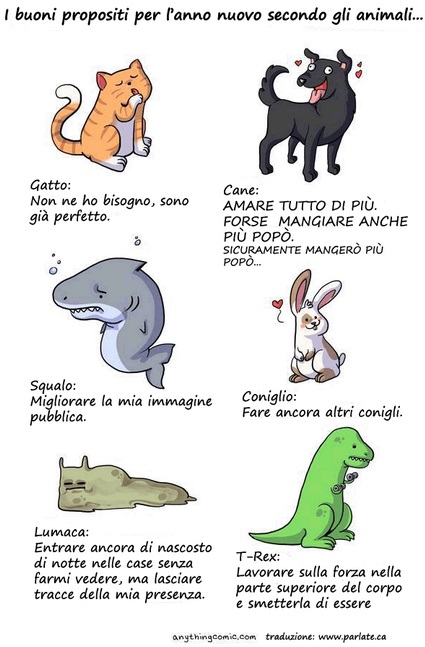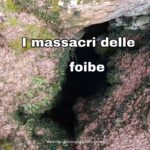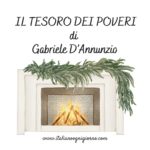by Scot Buzza on February 24, 2014
Until a year ago Baldassare Galuppi, one of the forgotten composers (i compositori dimenticati), was unknown to me.
I learned about Galuppi and other forgotten Venetian composers, thanks to my student, Scot Buzza, a Cincinnati conductor and musicologist, who has recently transcribed their lost choral works (opere corali) from manuscripts found in archives in Paris, Dresden, Munich, and Venice.
Scot explained to me that what Galuppi had been able to accomplish musically went far beyond the more popular composers such as Verdi. This is an article written by him where he explains the history and significance of the forgotten composers’ works in la Basilica di San Marco.
Buona lettura!
Mirella
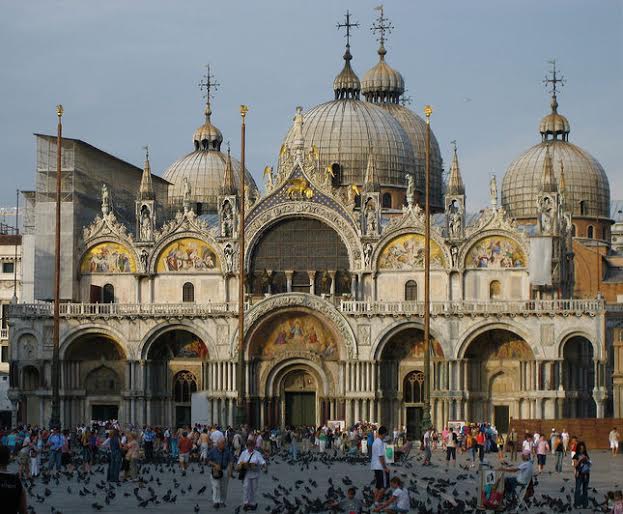 Photo: Scot Buzza, Basilica di San Marco, 2013
Photo: Scot Buzza, Basilica di San Marco, 2013
I want to talk a little about the development of a new genre of music, in which the building of St. Mark had a big role, namely the development of the concerto and the concept of cori spezzati.
The history of the Basilica of San Marco has a long list of famous composers who were working there. People like Galuppi, Claudio Monteverdi, Antonio Lotti, Andrea Gabrielli and his nephew, Giovanni Gabrieli. Before we talk about the development of the Polychoral style (ie, a style of composition with more than one choir) we must speak of the architecture of the basilica, because the architecture has had a great influence on composers.
The current basilica was constructed in 1617 in Byzantine and gothic styles. It is located near Piazza San Marco and was constructed in the shape of a crucifix. The ceilings are very high, and made of stone, of course. Acoustically, this is ideal for music, for reasons of resonance – musicians do not need artificial means to amplify the sound. Even the arches in the ceiling create an acoustic effect. But the part of the architecture that interests us is the numerous balconies, also called “galleries.” (gallerie) You can see that they are quite large, with plenty of space for people.
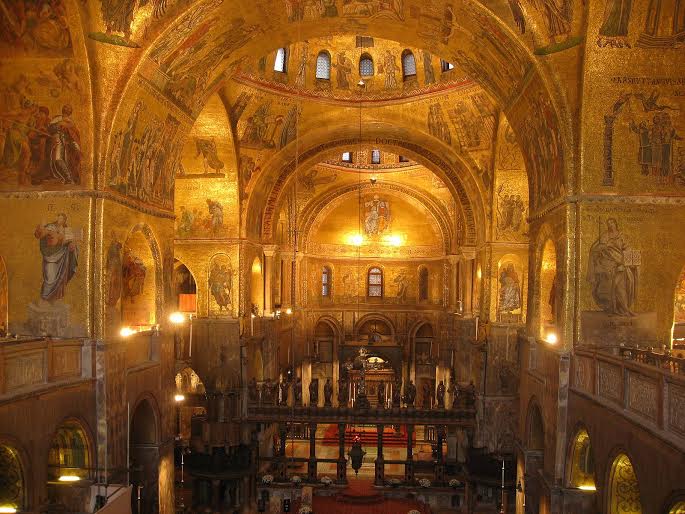 Photo: Scot Buzza, interior of the Basilica di San Marco, 2013
Photo: Scot Buzza, interior of the Basilica di San Marco, 2013
Beginning as early as the seventeenth century with Andrea Gabrieli , the galleries have been the inspiration for a new style of composition, where the composer uses two choirs that do not sing together. The style is called “Venetian Polychoral style” or “cori spezzati.” The effect for listeners is quite impressive, because in the context of a single work, first one choir sings on one side, then the other choir sings from the other side, and then sing together. Later, the Polychoral style reached an excess, with works such as “Spem in Alium”, which was composed of 40 individual voices divided into eight choirs! Here’s the score … you can listen to the recording of work.
As you can hear, with so many voices the effect is total chaos. It is very difficult to hear the text of the piece. Eventually the Council of Trent condemned the Polychoral style. But another development took place in influencing the history of music even more significant: in the case, the galleries of St. Mark have created the genre of the concerto. Today, by definition, a concerto is a work where a soloist plays the most interesting parts, accompanied by the orchestra. But this genre originally developed because there were instruments in the galleries of Saint Mark which accompanied the singers.
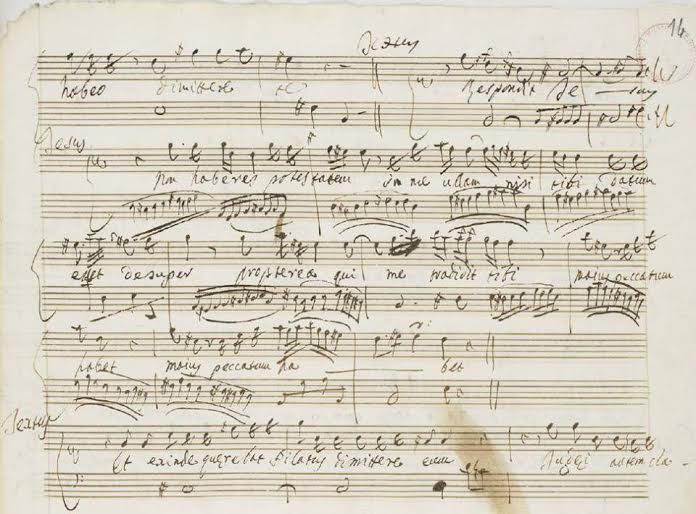 Photo: Scot Buzza, Manuscript of Baldassarre Galuppi,
Photo: Scot Buzza, Manuscript of Baldassarre Galuppi,
Biblioteca Nazionale Marciana, Venezia, 2013
After a while there developed a practice of letting the musicians play without the singers, but still in the galleries, and again divided into two groups. To make a more dramatic contrast, they created a larger group, and a smaller group. In churches without galleries they did the same, but on the floor of the church. The first works that were concerti as we consider them today, were of a genre called “concerto grosso”. This is a concerto with a small group of 2 or 3 soloists who always played together. Later this concept became the concerto in the modern sense. But the most interesting thing is that all this is developed because of an accident of architecture.
Scot Buzza has had an international performing career that includes solo appearances with orchestras in Austria, Belgium, France, Germany, Italy, Japan, The Netherlands, Spain, Switzerland and Venezuela. He has held positions as principal violist of orchestras in Tokyo, Japan and Barcelona, Spain. As a chamber musician Mr. Buzza has performed worldwide, and his recitals have been broadcast on Radio France, PBS, Radio Amsterdam, Tokyo NHK and Radio Catalunya (Spain).
Buzza is a graduate of Yale University, where he held simultaneous fellowships in both the School of Music and the Department of Slavic Languages and Linguistics. He currently teaches a full course load in Aural Skills and Music History in the Department of Music at Northern Kentucky University, and taught the Sacred Music curriculum at the University of Cincinnati College-Conservatory of Music from 1999 to 2012. From 2001 to 2013 Buzza directed the sacred music at Xavier University, where he founded and directed three choral ensembles. Since 2009 he has taught conducting and music history at the KIIS Institute in Salzburg, Austria, and assumed directorship of the program in 2013.
Scot Buzza’s interest in the musicology, history and research of sacred music was stimulated by his work transcribing and performing unpublished manuscripts of psalm motets of 18th century Venetian composer Baldassare Galuppi. He began researching sacred music of the Venetian settecento in 2008, which ultimately lead him to pursue his Ph.D. in musicology at the University of Kentucky.

